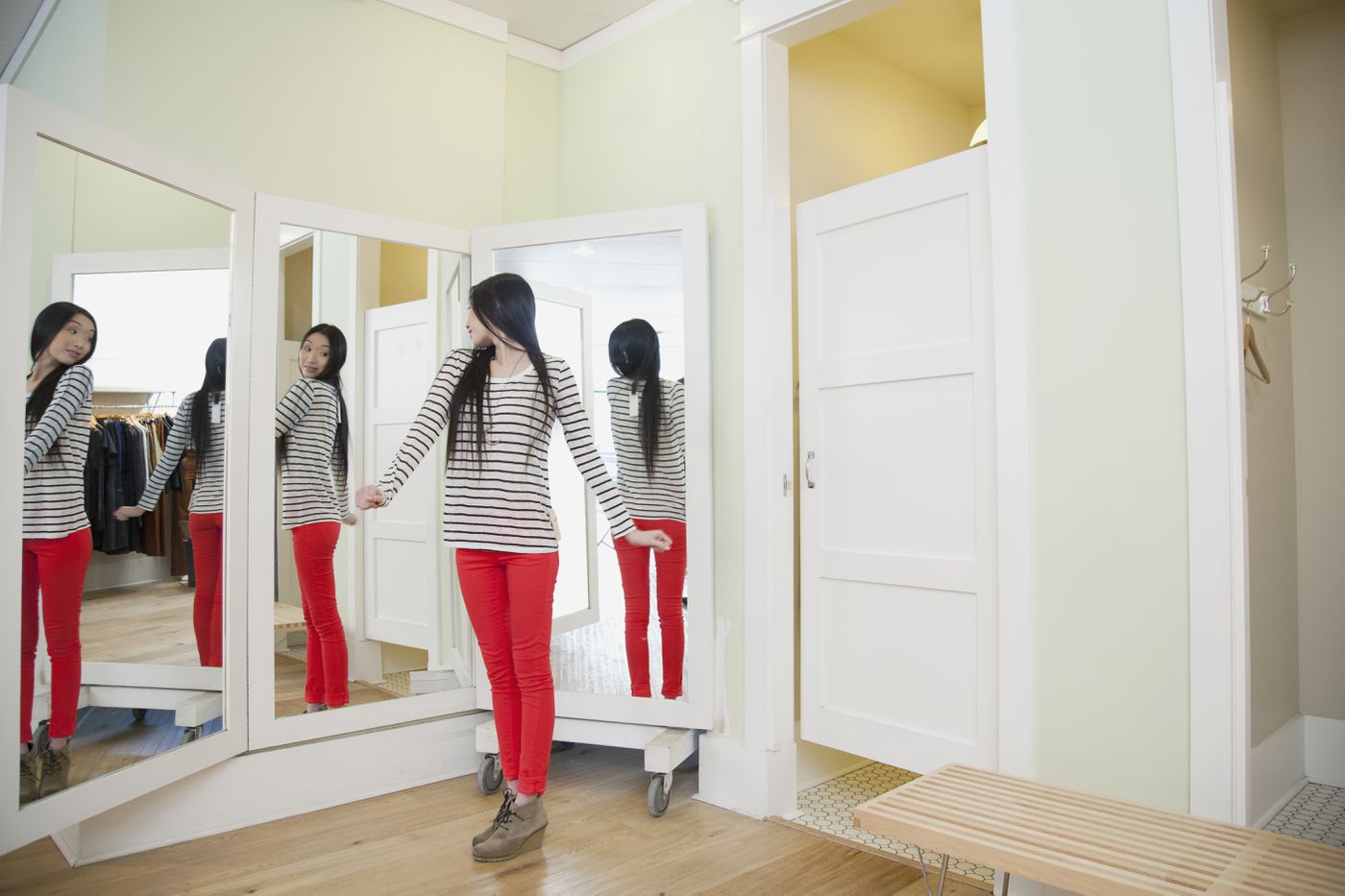

Articles
Why Do I Look Fatter In Dressing Room Mirrors
Modified: January 19, 2024
Discover why you may appear larger in dressing room mirrors. Read our eye-opening articles to unveil the optical illusions and learn how to dress to feel confident!
(Many of the links in this article redirect to a specific reviewed product. Your purchase of these products through affiliate links helps to generate commission for Storables.com, at no extra cost. Learn more)
Introduction
Stepping into a dressing room can be an interesting and sometimes daunting experience. You pick out a few clothing items that catch your eye, head towards the fitting room, and there it is—the dressing room mirror. As you stand in front of it, a question pops into your mind: “Why do I look fatter in dressing room mirrors?” It’s a perplexing phenomenon that many of us have experienced at some point.
It’s important to understand that dressing room mirrors can have a significant impact on how we perceive ourselves. They play tricks on our minds, making us question our appearance and sometimes leaving us feeling less confident than before.
There are several factors at play when it comes to the psychology of dressing room mirrors. One of the most influential factors is lighting. The way the lighting is set up in a dressing room can greatly affect how we see ourselves in the mirror.
Key Takeaways:
- Dressing room mirrors can distort our perception and impact self-esteem. Understanding these effects and practicing self-compassion can help navigate negative body image experiences.
- Lighting, mirror distortions, and societal beauty standards contribute to feeling “fatter” in dressing room mirrors. Embracing self-acceptance and seeking support are key strategies for a positive mindset.
Read more: Why Do I Look Fat In Some Mirrors
The Psychology of Dressing Room Mirrors
When we step into a dressing room and look at ourselves in the mirror, our perception of our appearance can be influenced by various psychological factors. One of these factors is known as the “social comparison theory.” According to this theory, we have a tendency to compare ourselves to others to evaluate our own worth or attractiveness. In a dressing room setting, we may unconsciously compare ourselves to the idealized images we see in magazines or on social media, which can lead to feelings of dissatisfaction with our own bodies.
Another psychological aspect at play is known as the “mirror exposure effect.” This phenomenon suggests that the more we see ourselves in a mirror, the more familiar and comfortable we become with our own reflection. However, when we step into a dressing room with a different mirror, it can disrupt our sense of familiarity, leading to a distorted perception of our body shape and size.
In addition, the positioning and angle of the mirror can also influence our perception. Mirrors placed at certain angles can create distortions in our reflection, making us look wider or shorter than we actually are. These distortions can play tricks on our minds and contribute to the feeling of looking “fatter” in dressing room mirrors.
Furthermore, the lighting in dressing rooms can greatly impact how we see ourselves. Harsh and unflattering lighting can highlight imperfections such as cellulite or bulges, leading to a negative perception of our bodies. On the other hand, if the lighting is too dim or uneven, it can create shadows that make our bodies appear larger or more disproportionate than they actually are.
It is essential to keep in mind that the perception we have of ourselves in dressing room mirrors is subjective and can be influenced by these psychological factors. Understanding these dynamics can help us navigate the dressing room experience with a more positive mindset.
Lighting and Its Effects on Perception
One of the key elements that significantly impacts our perception of ourselves in dressing room mirrors is the lighting. The type and placement of lighting can have a profound effect on how we see our bodies and can contribute to feelings of looking “fatter” in dressing room mirrors.
Harsh overhead lighting is commonly found in dressing rooms, and it can cast unflattering shadows on our bodies. This can highlight imperfections like cellulite or create the illusion of bulges, leading us to perceive ourselves as larger or less attractive than we actually are. The intensity and color temperature of the lighting can also affect our perception. Cooler-toned lighting can make our bodies appear more sallow or washed out, while warmer-toned lighting can create a more flattering and inviting ambiance.
Another factor to consider is the placement and direction of the lighting. Lighting that is placed directly above or in front of the mirror can create a flat and unflattering effect on our bodies. It can wash out our features and make us appear wider or less defined. On the other hand, lighting from the sides or at a gentle angle can create a more dimensional and flattering look, enhancing our natural curves and contours.
Moreover, the consistency of lighting across different areas of the dressing room can also influence our perception. If the lighting is uneven or inconsistent, it can lead to variations in how we see ourselves in different parts of the room. This can create confusion and make it harder to accurately assess our appearance, as our reflection may appear different depending on where we stand.
Recognizing the effects of lighting on our perception can help us navigate the dressing room experience more confidently. While we may not have control over the lighting in the store, being aware of how it can impact our self-perception can help us approach the reflection in the dressing room mirror with a more objective and compassionate mindset.
Distortion in Dressing Room Mirrors
Have you ever noticed how your body seems to look different in dressing room mirrors compared to other mirrors or even when you look at yourself directly? This phenomenon is often attributed to distortion in dressing room mirrors, which can significantly affect our perception of our body shape and size.
Dressing room mirrors are typically designed to provide a wide-angle reflection, allowing us to see our entire body from different angles. While this wide-angle view can be helpful in assessing the fit of clothing, it can also introduce distortions that make us appear larger or shorter than we actually are.
One common type of distortion in dressing room mirrors is known as the “funhouse mirror effect.” This effect occurs when the mirror’s surface is not perfectly flat, resulting in a distorted reflection. Depending on the specific curvature or unevenness of the mirror, it can make certain body parts appear exaggerated or distorted. For example, a mirror with a slight bulge in the middle may make your stomach appear larger, giving the illusion of being “fatter” than you actually are.
In addition to the funhouse mirror effect, the positioning and angle of the mirror can also contribute to distortion. Mirrors placed at a lower height or tilted at a certain angle can create a foreshortening effect, making our bodies appear shorter and wider. Conversely, mirrors placed at a higher height or tilted differently may elongate our bodies, making us appear slimmer.
It is important to note that these distortions can vary from one dressing room to another, as each store may have different mirror designs and placements. This inconsistency in mirror design can further contribute to our confusion and frustration when trying to assess our appearance while shopping for clothes.
Being aware of the potential distortions in dressing room mirrors can help us approach the reflection with a more critical eye. It’s important to remember that the mirror’s reflection may not always accurately represent our true appearance. Instead of fixating on the perceived flaws or inconsistencies, it is essential to focus on how the clothes make us feel and fit comfortably.
By understanding the presence of distortion in dressing room mirrors, we can maintain a healthier perspective on our body image and avoid falling into the trap of negative self-perception based solely on what we see in those mirrors.
Dressing room mirrors are often designed to make you look slimmer, with flattering lighting and angles. To get a more accurate reflection, take a selfie in natural light or ask a friend for their opinion.
Body Image and Self-Esteem
Dressing room mirrors can have a significant impact on our body image and self-esteem. The way we perceive ourselves in these mirrors can greatly influence how we feel about our bodies and ultimately affect our overall self-confidence.
When we see a distorted or unflattering reflection in a dressing room mirror, it can be disheartening and make us question our physical appearance. We may become hyper-focused on perceived flaws or discrepancies in our body shape, leading to feelings of self-consciousness and dissatisfaction.
Society places immense pressure on individuals to meet certain beauty standards, often perpetuated by media and advertising. Dressing room mirrors can serve as a harsh reminder of how we measure up to these unrealistic ideals. When we compare ourselves to the supposedly “perfect” images we see in magazines or on social media, it can significantly impact our self-esteem. We may feel a sense of inadequacy or not measuring up to what is considered attractive.
Moreover, the negative emotions experienced in dressing rooms can extend beyond that momentary experience. They can persist in our minds and affect our overall body image and self-esteem. Constant exposure to unflattering or distorted reflections in dressing room mirrors can gradually erode our confidence and lead to negative body image perceptions.
It is important to remember that our worth and beauty are not solely determined by external factors or our appearance in a dressing room mirror. Beauty comes in all shapes and sizes, and focusing on our inner qualities, talents, and achievements can help bolster our self-esteem. Building a positive body image involves practicing self-acceptance, self-love, and embracing our unique features.
Recognizing the influence of dressing room mirrors on our body image allows us to take control of this narrative. By reminding ourselves that these mirrors do not define our worth or beauty, we can protect our self-esteem and maintain a healthier relationship with our bodies.
Ultimately, it is crucial to prioritize self-care and surround ourselves with positive influences that promote body positivity and self-acceptance. Engaging in activities that make us feel confident and focusing on our strengths can help counteract the negative impact of dressing room mirrors on our body image and boost our self-esteem.
Strategies for Dealing with Negative Body Image in Dressing Rooms
Dealing with negative body image in dressing rooms can be challenging, but there are strategies we can employ to help navigate these moments and foster a healthier perspective on our bodies.
1. Practice Self-Compassion: When faced with a negative body image in the dressing room, remind yourself to be kind and compassionate towards yourself. Avoid negative self-talk and replace it with positive affirmations. Remember that your worth is not defined by how you look in the mirror.
2. Focus on Functionality and Comfort: Instead of fixating on how your body appears in the clothes, focus on how they fit and feel. Emphasize comfort and functionality over adhering to an idealized image. Choose clothes that make you feel confident and comfortable in your own skin.
3. Embrace Different Sizing: Keep in mind that clothing sizes vary across brands and styles. Don’t get caught up in the number on the tag. Focus on finding clothes that flatter your body shape and make you feel good, regardless of the size.
4. Seek Support: Engage in open conversations with friends or loved ones about body image struggles. Sharing your experiences and emotions can provide a sense of understanding and support. Consider joining body-positive communities or online forums where you can connect with others who share similar experiences and can offer advice and encouragement.
5. Limit Mirror Exposure: If dressing room mirrors consistently trigger negative emotions, consider minimizing your exposure. Shop at stores that have mirrors placed discreetly or utilize online shopping platforms. Remember, you have control over the environment in which you evaluate your appearance.
6. Challenge Unrealistic Beauty Standards: Educate yourself about the unrealistic beauty standards perpetuated by media and advertising. By understanding the manipulations behind these images, you can develop a more critical eye and recognize that these standards are often unattainable and unrealistic.
7. Practice Self-Care: Engage in activities that promote self-care and boost your overall well-being. This can include exercise, meditation, spending time in nature, or pursuing hobbies that bring you joy. Prioritizing self-care helps shift the focus away from appearance and cultivates a positive mindset.
8. Seek Professional Help: If negative body image and self-esteem issues persist, it may be beneficial to seek support from a mental health professional. They can provide guidance and tools to help you develop a healthier body image and improve your overall well-being.
Remember, dressing room mirrors do not define your worth or beauty. It’s essential to prioritize self-acceptance and cultivate a positive and compassionate relationship with your body. By implementing these strategies, you can minimize the impact of negative body image in dressing rooms and foster a more positive and empowering shopping experience.
Conclusion
Dressing room mirrors can be deceiving, and our perception of ourselves in these mirrors can have a significant impact on our body image and self-esteem. The psychology of dressing room mirrors, the effects of lighting, distortions, and societal beauty standards all contribute to the way we perceive ourselves in those moments.
It’s important to remember that our worth goes beyond our appearance, and dressing room mirrors should not hold the power to dictate how we feel about ourselves. By understanding the factors at play and implementing strategies to cope with negative body image, we can navigate the dressing room experience with a healthier mindset.
Practicing self-compassion, focusing on comfort and functionality, and seeking support are all effective ways to counteract negative body image in dressing rooms. Additionally, limiting mirror exposure, challenging beauty standards, practicing self-care, and seeking professional help if needed can all contribute to a more positive and empowering mindset.
Remember, the reflection in a dressing room mirror is just one perspective, and it does not define your worth or beauty. Embrace your unique qualities, celebrate your strengths, and prioritize self-acceptance. By doing so, you can cultivate a positive body image and boost your self-esteem, both inside and outside of the dressing room.
Frequently Asked Questions about Why Do I Look Fatter In Dressing Room Mirrors
Was this page helpful?
At Storables.com, we guarantee accurate and reliable information. Our content, validated by Expert Board Contributors, is crafted following stringent Editorial Policies. We're committed to providing you with well-researched, expert-backed insights for all your informational needs.
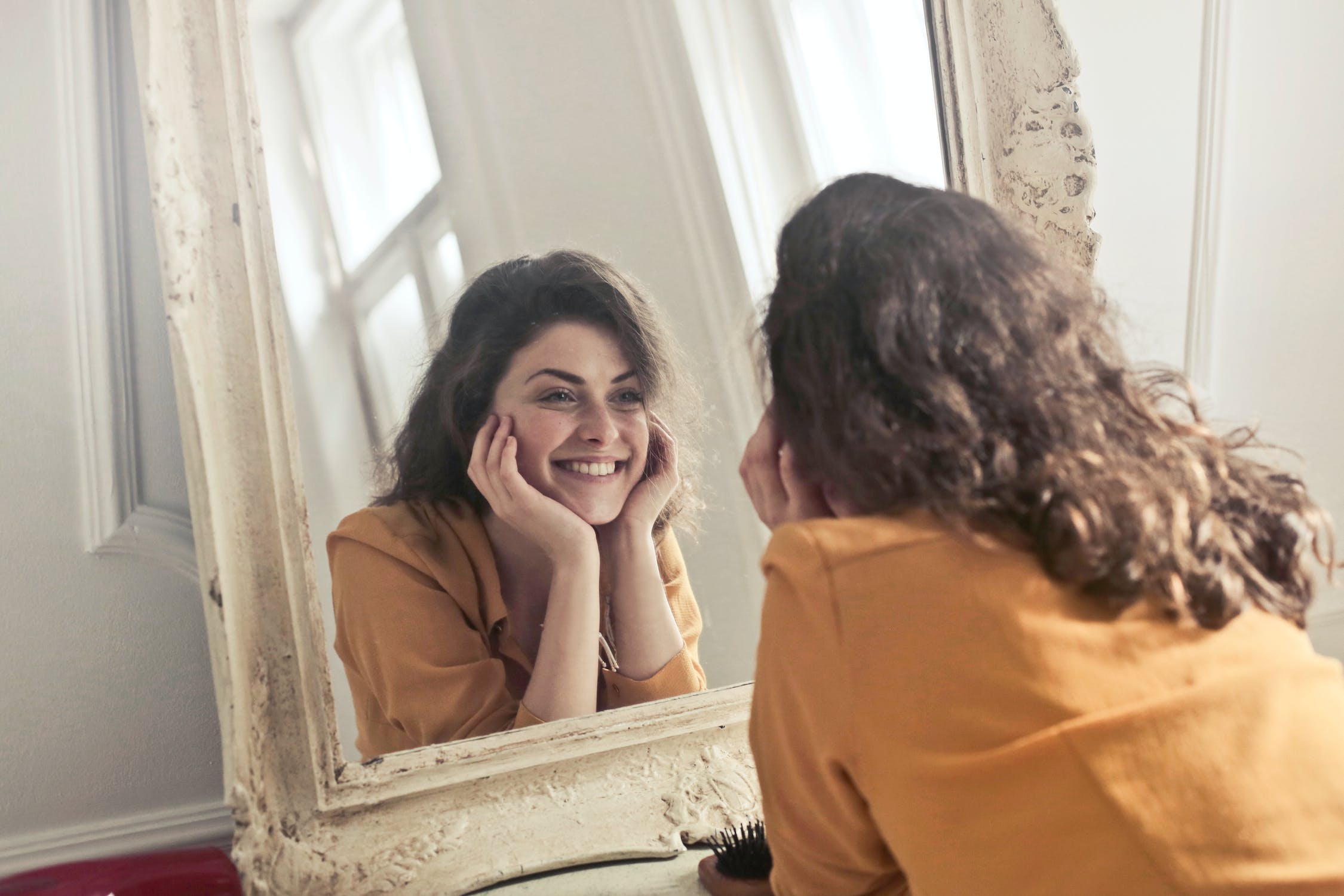
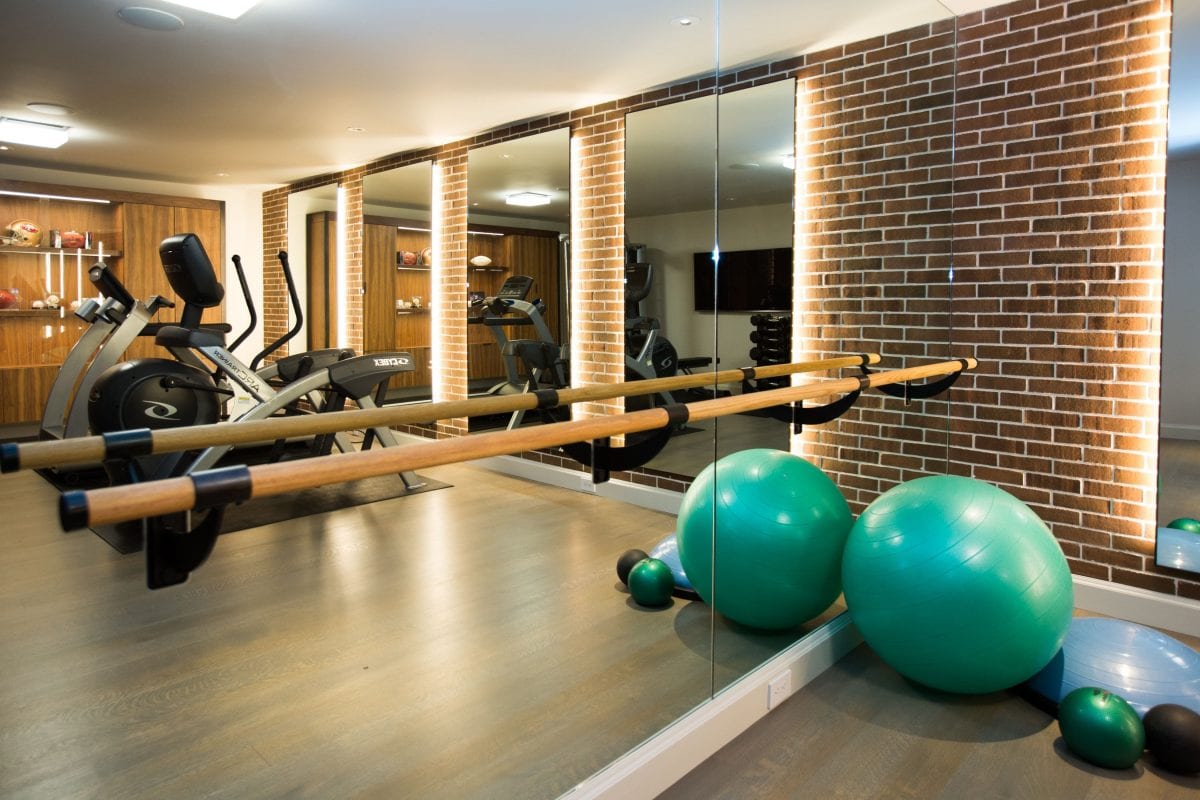
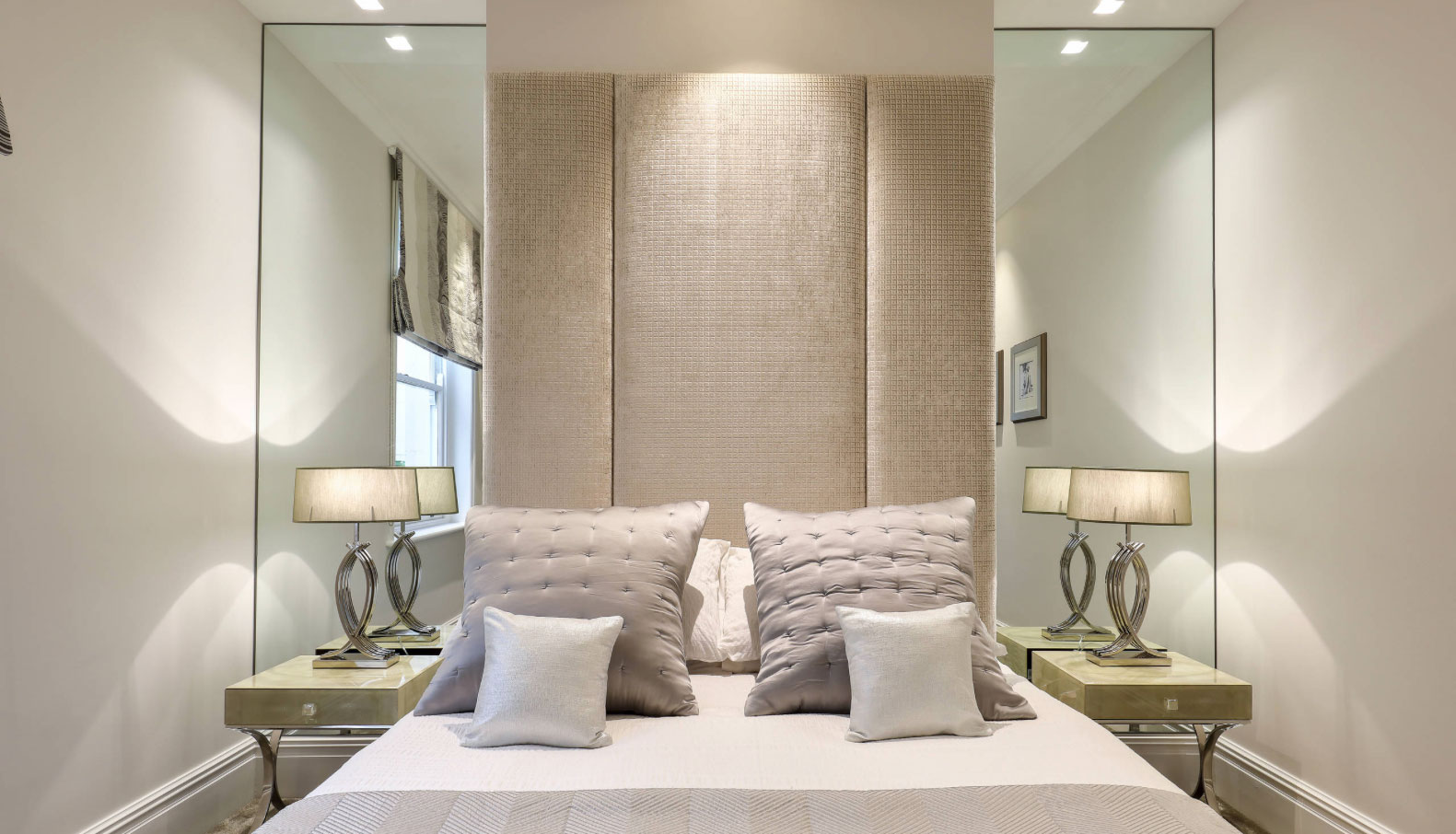
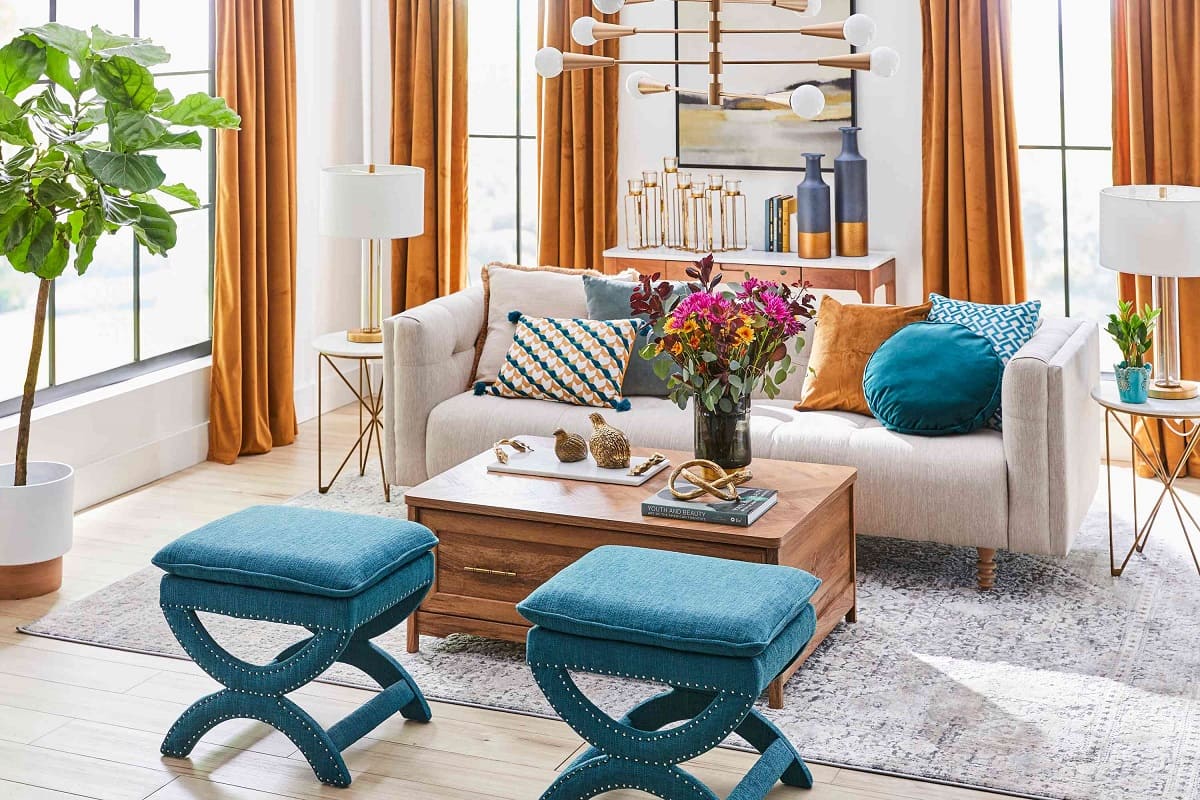
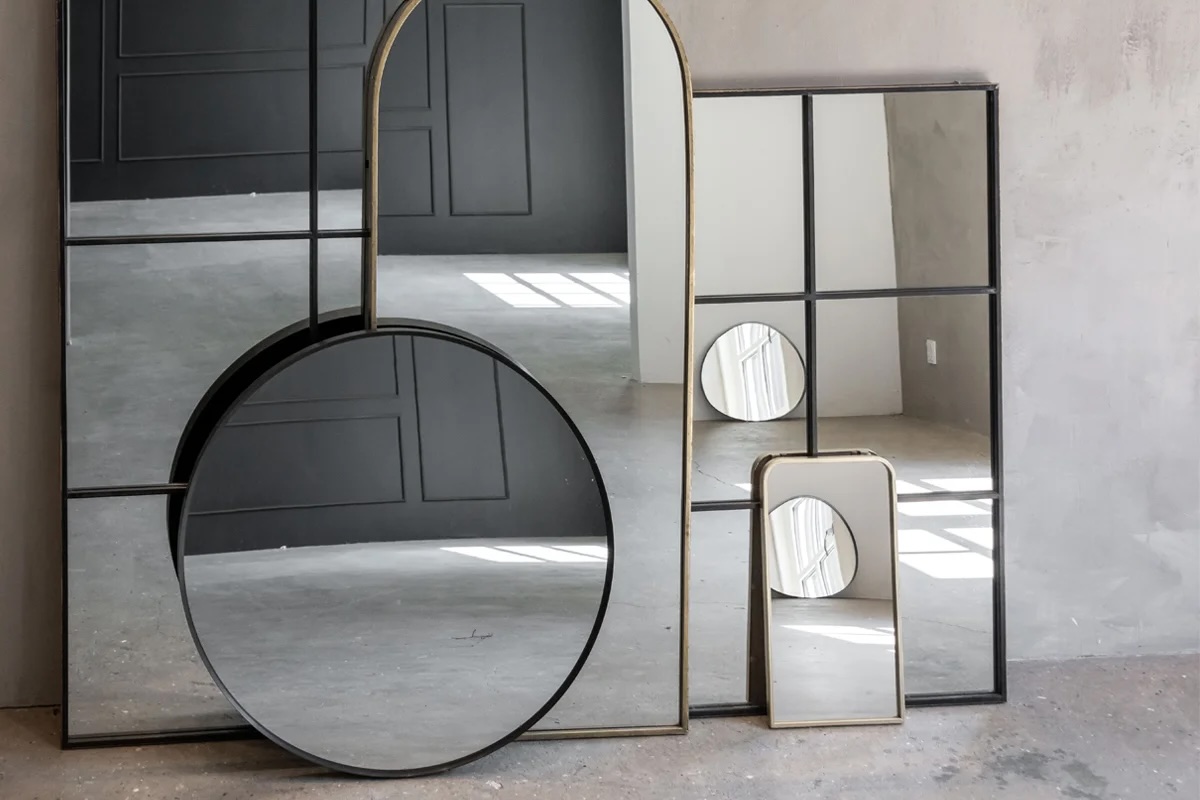
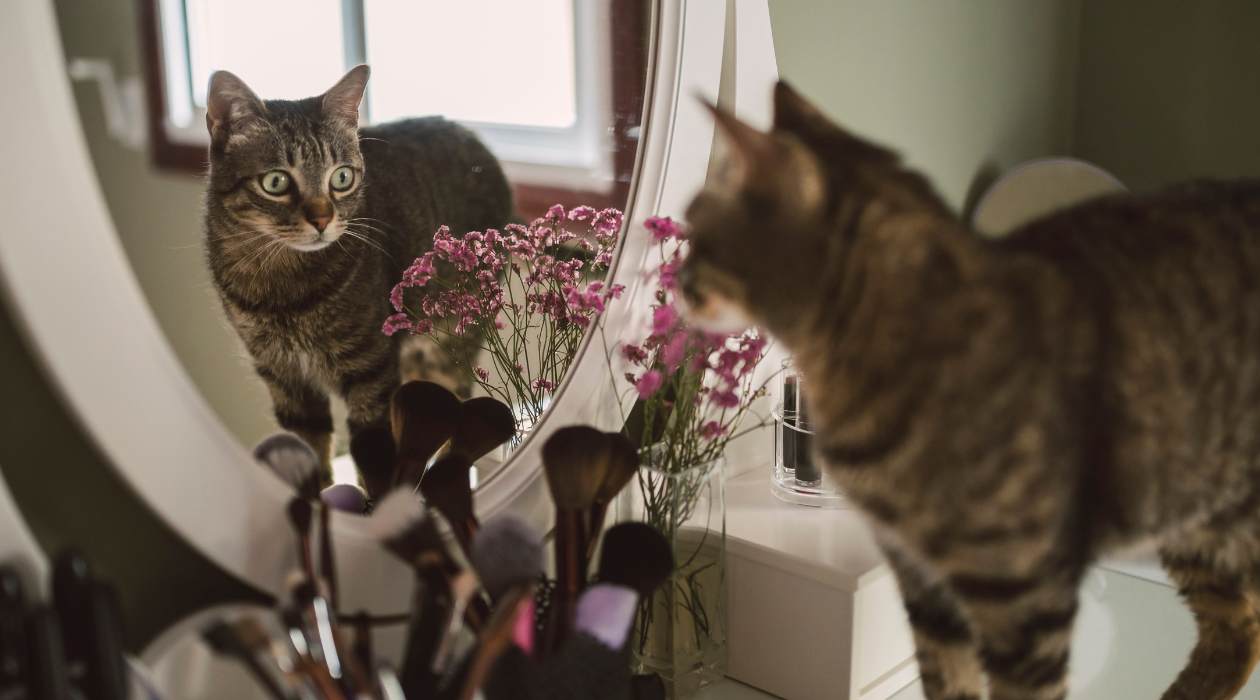
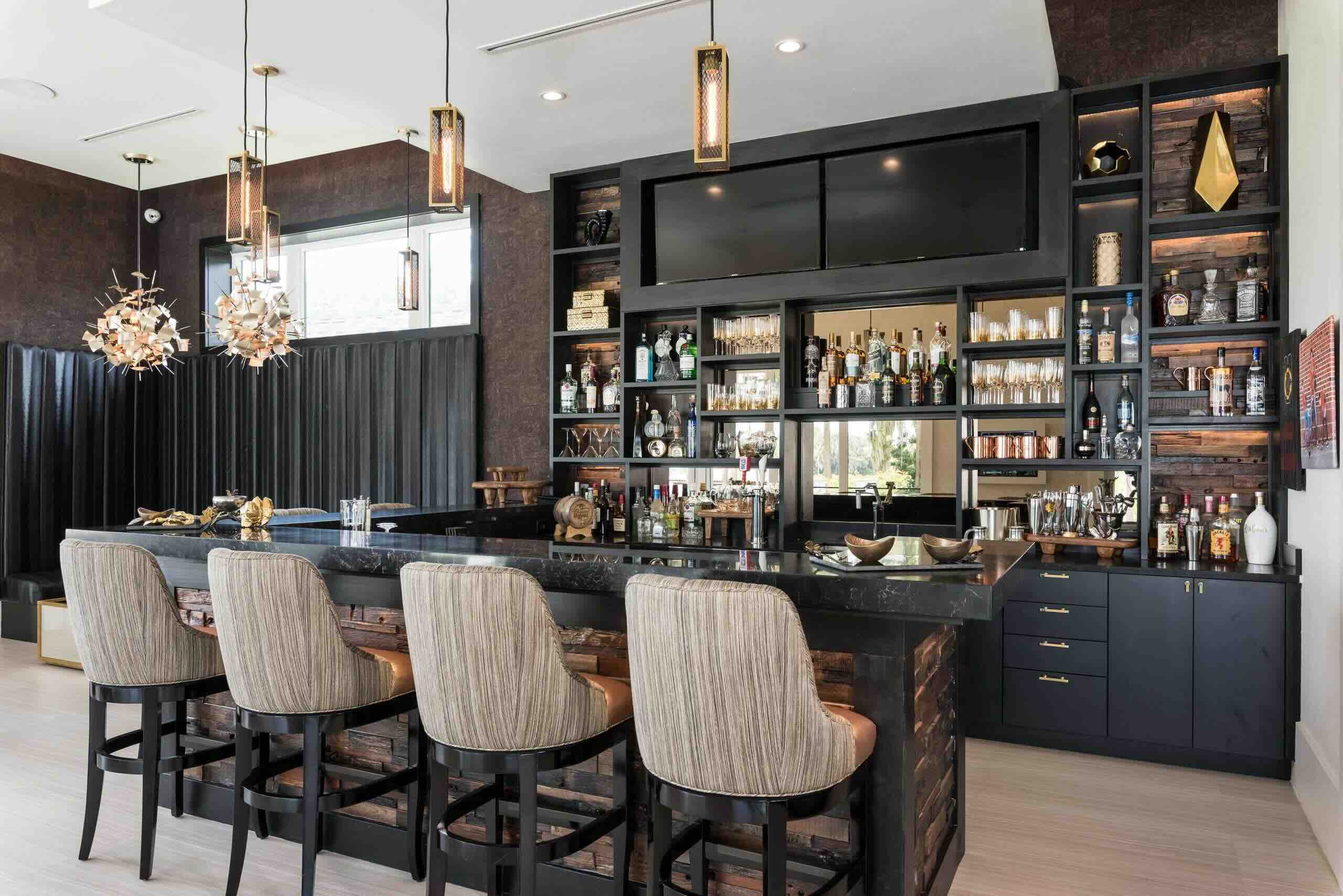
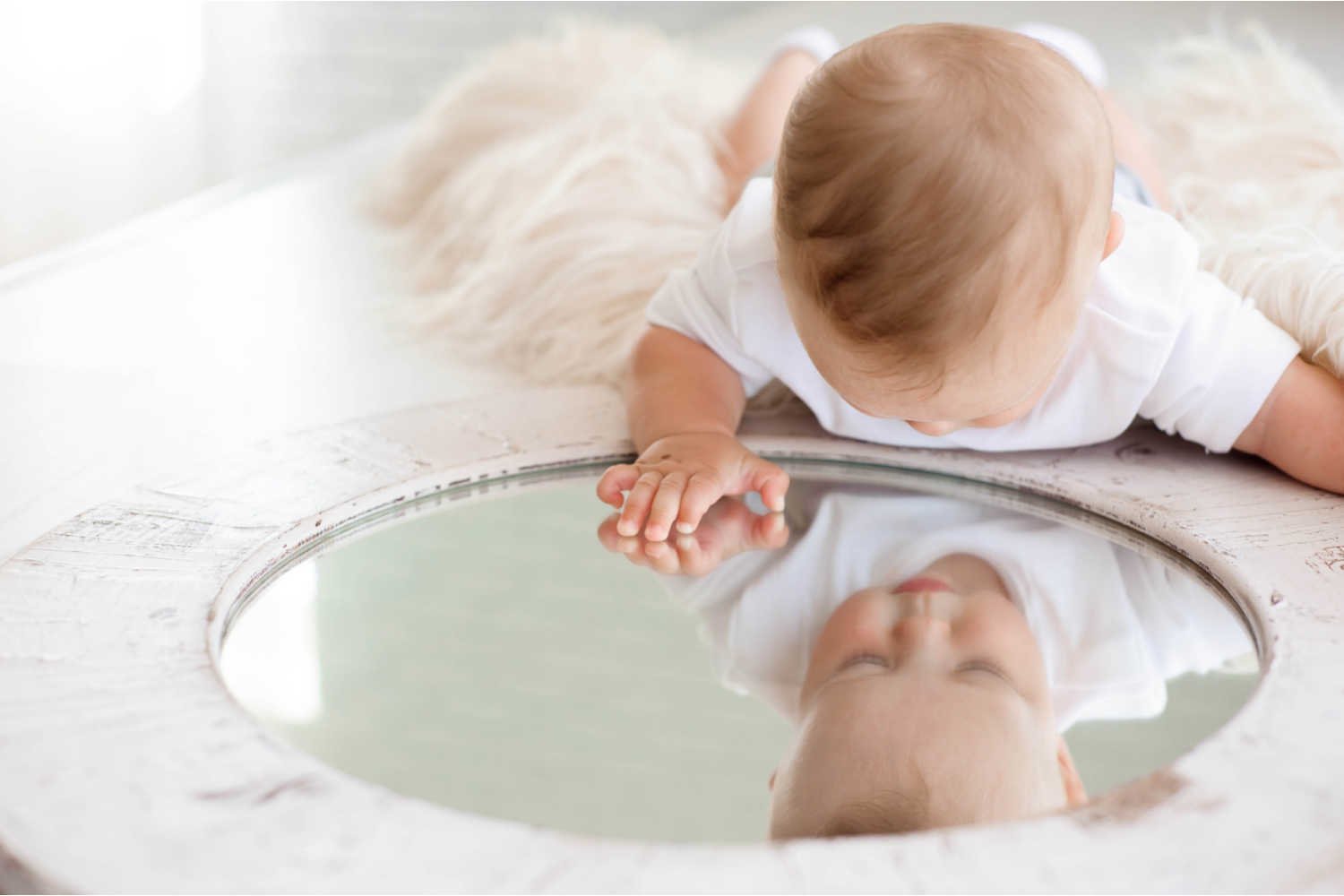
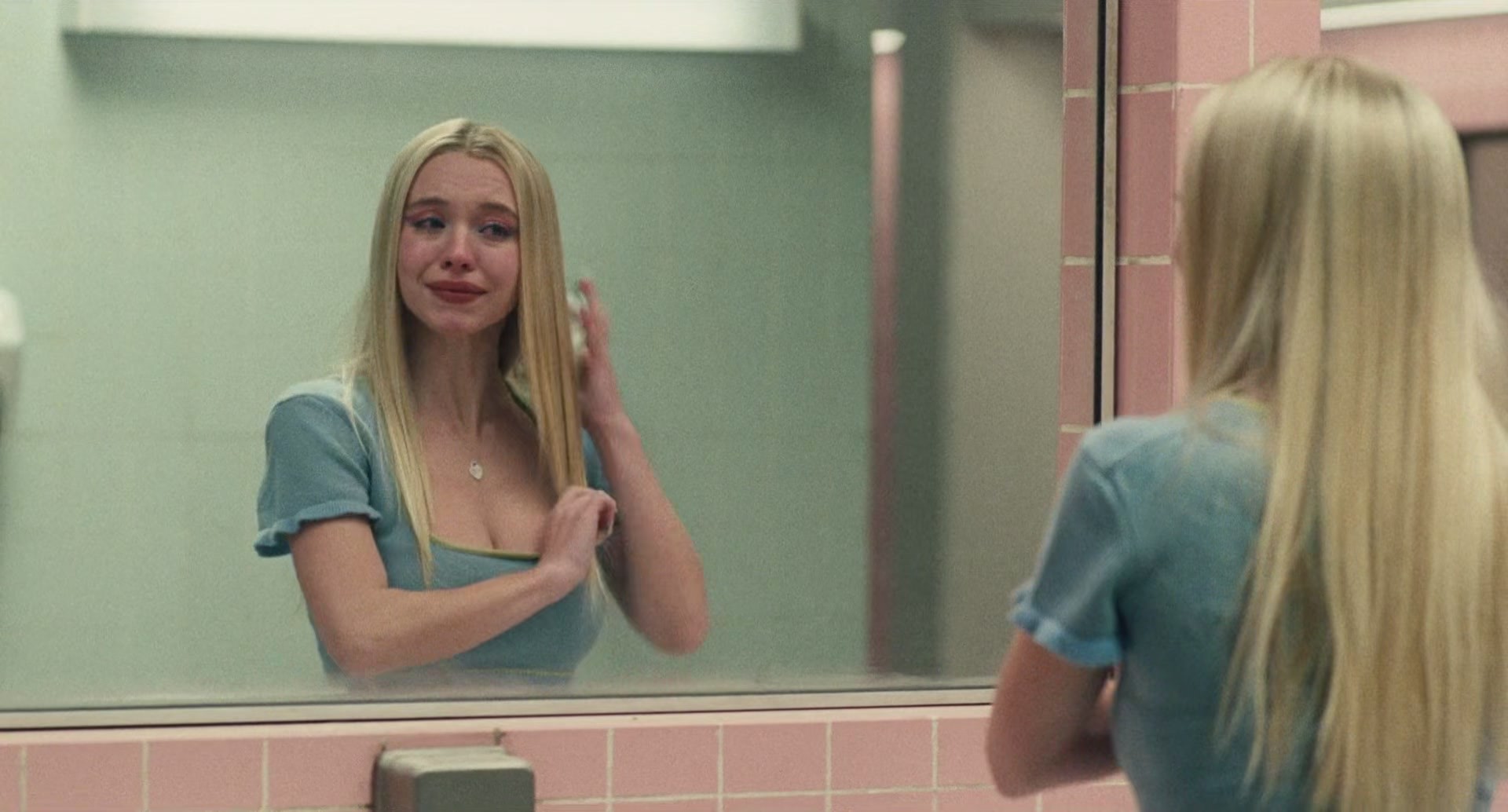


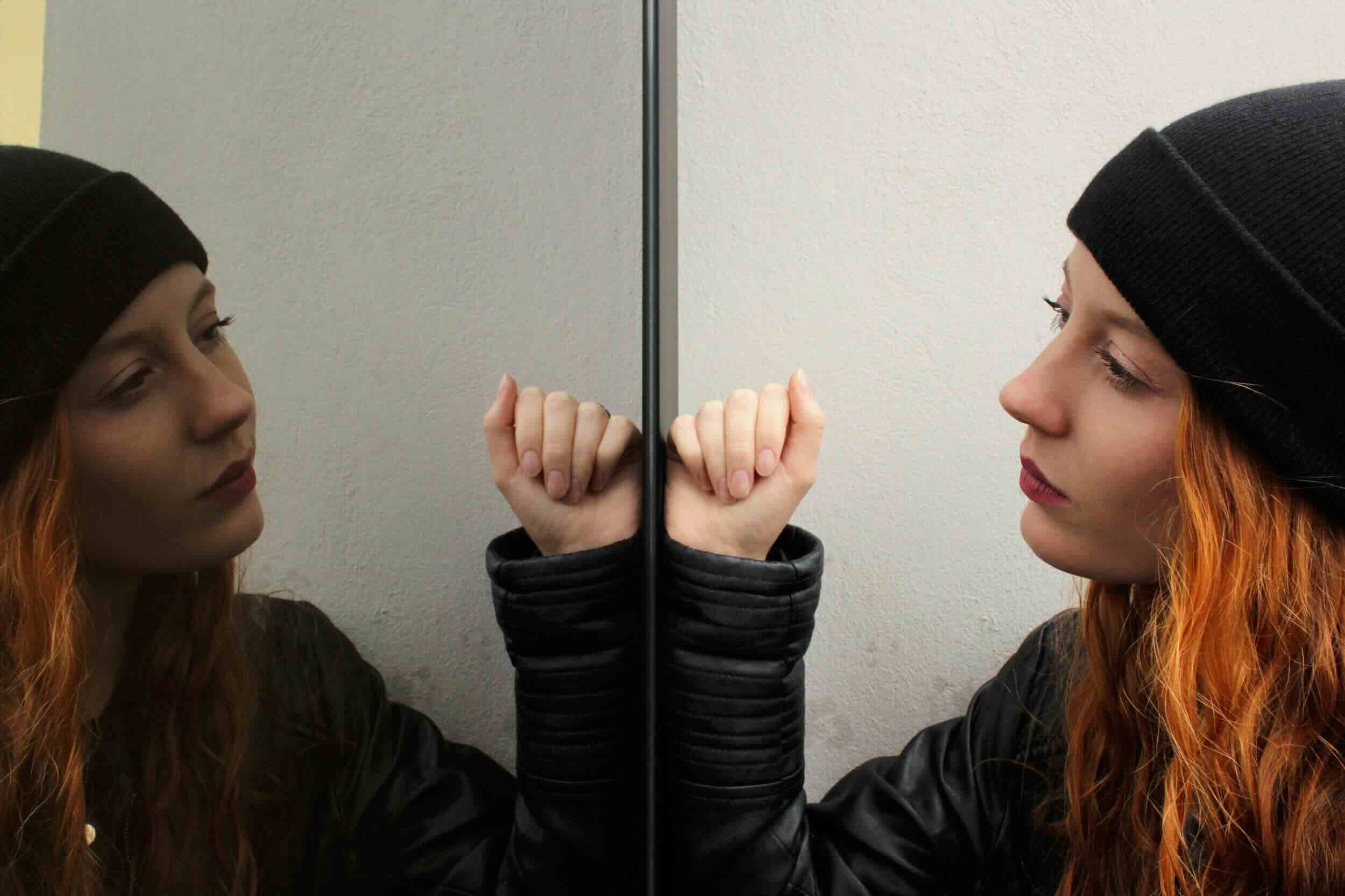

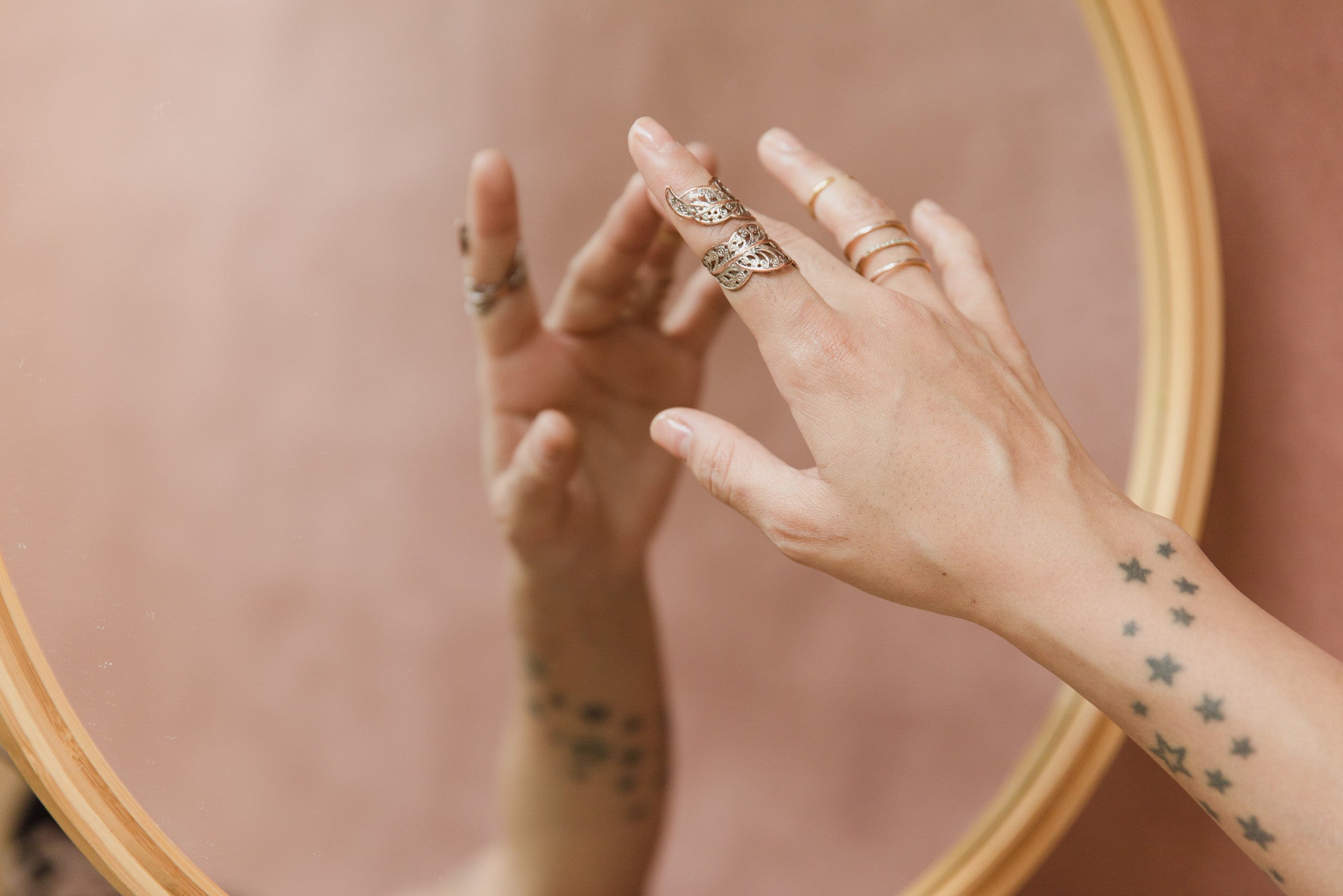

0 thoughts on “Why Do I Look Fatter In Dressing Room Mirrors”